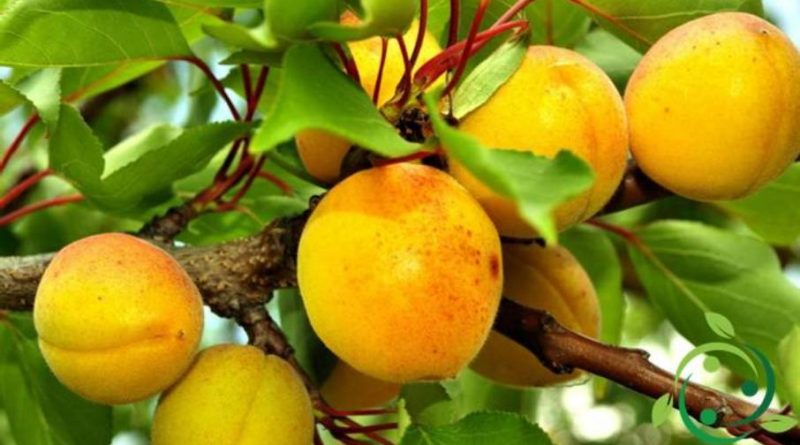How to grow apricot in a biological way
How to grow apricot in a biological way
For the cultivation of apricot (Prunus armeniaca L.) it is necessary to start from the careful choice of the climatic conditions and the type of soil. Although the apricot is a species that has a high demand in the cold, it fears the spring frosts, even if there are recent varieties with less need in the cold. In Italy the most suitable environments for the cultivation of apricot are the hilly ones. In addition, the apricot does not tolerate areas subject to freezing winds. Its adaptability to soil characteristics are linked to the ideal choice of rootstock. Without going into the detail of the existing rootstocks, remember that if grafted onto the fry the apricot does not tolerate heavy and humid soils, conditions that are more tolerated with seedlings of myrobalan. However it is better to choose medium-textured soils with excellent drainage.
For the planting of an apricot it is necessary to dig a hole of dimensions around 70 x 70 x 70 cm. The plant must be done at the end of the cold period taking care to put in the hole, m not very deep, at least 15-20 kg of well-mature manure or compost. Subsequently, after the implantation, nutrients with organic matter and ash obtained from the burning of plant material must be integrated, to be planted at the beginning of the spring. If the soil is with a pH tending to sub alkaline, do not exceed with the ash. After the plant it will be necessary to lightly compact the soil, make a first irrigation to make the roots adhere and stimulate the vegetative growth. For the choice of rootstock read its adaptability to the ground and, however, be advised by an agronomist.
If you have to make a plantation, keep in mind that the planting is good that it is 5 x 5 meters but this can also increase as a function of more vigorous rootstocks. Remember also that some varieties of apricot are not self-compatible, so in the plant you will have to use at least two different varieties, and being entomophilous pollination you must take care to promote all the techniques that promote the increase of these insects.
Irrigation is during the period that normally goes from spring to summer with a short period of suspension only near the ripening of the fruit. Avoid wetting the plant. excellent is the technique of mulching (with straw or other organic material) that decreases the irrigation needs, acts as an organic substance for the following year and protects the plant from faecal diseases of the root system.
For pruning, it is preferable to make a vase with a fairly open vase and a low scaffolding. Pruning, which must be constant and light, has the purpose of reducing the alternation of production. In addition, any suckers (in the myrobalan) and the suckers (branches that grow upwards) should be eliminated.Other important technique is the thinning of the fruits that is performed just before the hardening of the core, leaving one or two fruits per dart and a fruit every 5-6 cm on the mixed branches.
As for the main plant diseases (monilia, corineo and oidio, among the fungi) and the anarsia among the insects it is opportune to use macerates of horsetail and nettle, avoid the re-plantation of the apricot and the use of synthetic fertilizers, above all nitric nitrogen, and at the end of each year remove and burn the leaves and branches of pruning for the reuse of ashes as fertilizer.

